详细说明
Assay Type
Solid Phase Sandwich ELISA
Format
96-well strip plate
Assay Length
4 hours 40 mins (after plate preparation)
Sample Type & Volume Required
Cell lysates (100 µL)
Range
31.20 - 2,000 pg/mL
Sufficient Materials
Kits available for two, five, or fifteen 96-well plates*
Specificity
Please see the
* Provided that the recommended microplates, buffers, diluents, substrates and solutions are used, and the assay is run as summarized in the Assay Procedure provided.
Product Features
Optimized capture and detection antibody pairings with recommended concentrations save lengthy development time
Development protocols are provided to guide further assay optimization
Assay can be customized to your specific needs
Available in 2, 5, and 15- (96-well) plate pack sizes
Economical alternative to Western blot
Kit Content
Capture Antibody
Conjugated Detection Antibody
Calibrated Immunoassay Standard or Control
Streptavidin-HRP
Other Reagents Required
PBS: (Catalog # ), or 137 mM NaCl, 2.7 mM KCl, 8.1 mM Na 2HPO 4, 1.5 mM KH 2O 4, pH 7.2 - 7.4, 0.2 µm filtered
Wash Buffer: (Catalog # ), or equivalent
Lysis Buffer*
IC Diluent*
Blocking Buffer*
Substrate Solution: 1:1 mixture of Color Reagent A (H 2O 2) and Color Reagent B (Tetramethylbenzidine) (Catalog # )
Stop Solution: 2 N H 2SO 4 (Catalog # )
Microplates: From Costar EIA Plate (Costar Catalog # 2592) or R&D Systems (Catalog # ), or equivalent
Plate Sealers: ELISA Plate Sealers (Catalog # ), or equivalent
*For the Lysis Buffer, IC Diluent, and Blocking BUffer recommended for a specific DuoSet ELISA Development Kit, please see the product
Preparation and Storage
Storage
Store the unopened product at 2 - 8 °C. Do not use past expiration date.
Background: EGFR
The EGF R subfamily of receptor tyrosine kinases comprises four members: EGF R (also known as HER-1, ErbB1, or ErbB), ErbB2 (Neu, HER-2), ErbB3 (HER-3), and ErbB4 (HER-4). All family members are type I transmembrane glycoproteins with an extracellular ligand binding domain containing two cysteine-rich domains separated by a spacer region and a cytoplasmic domain containing a membrane-proximal tyrosine kinase domain followed by multiple tyrosine autophosphorylation sites. The human EGF R cDNA encodes a 1210 amino acid (aa) precursor with a 24 aa signal peptide, a 621 aa extracellular domain (ECD), a 23 aa transmembrane segment, and a 542 aa cytoplasmic domain. Soluble receptors consisting of the extracellular ligand binding domain are generated by alternate splicing in human and mouse. Within the ECD, human EGF R shares 88% aa sequence identity with mouse and rat EGF R. It shares 43% - 44% aa sequence identity with the ECD of human ErbB2, ErbB3, and ErbB4. EGF R binds a subset of the EGF family ligands, including EGF, amphiregulin, TGF-alpha, betacellulin, epiregulin, HB-EGF, and epigen. Ligand binding induces EGF R homodimerization as well as heterodimerization with ErbB2, resulting in kinase activation, heterodimerization tyrosine phosphorylation and cell signaling. EGF R can also be recruited to form heterodimers with the ligand-activated ErbB3 or ErbB4. EGF R signaling regulates multiple biological functions including cell proliferation, differentiation, motility, and apoptosis. EGF R is overexpressed in a wide variety of tumors and is the target of several anti-cancer drugs.
Entrez Gene IDs:
1956 (Human); 13649 (Mouse);
Long Name:
Epidermal Growth Factor Receptor
Aliases:
avian erythroblastic leukemia viral (v-erb-b) oncogene homolog; cell growth inhibiting protein 40; cell proliferation-inducing protein 61; EC 2.7.10; EC 2.7.10.1; EGF R; EGFR; epidermal growth factor receptor (avian erythroblastic leukemia viral (v-erb-b)oncogene homolog); epidermal growth factor receptor; ErbB; ErbB1; ERBB1PIG61; HER1; HER-1; mENA; Proto-oncogene c-ErbB-1; Receptor tyrosine-protein kinase erbB-1
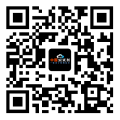
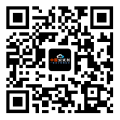





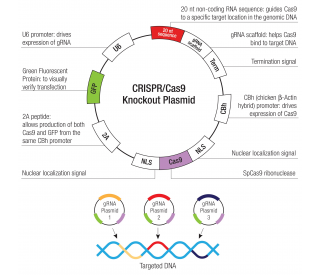
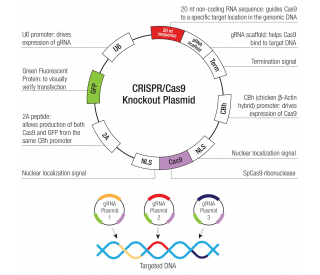
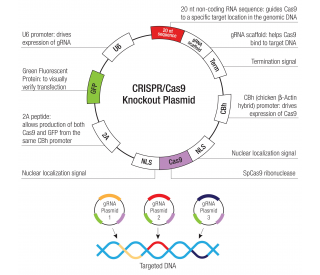
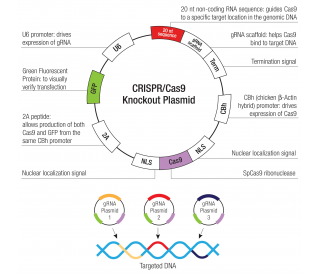
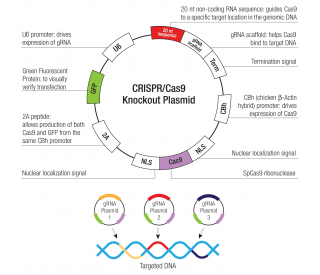
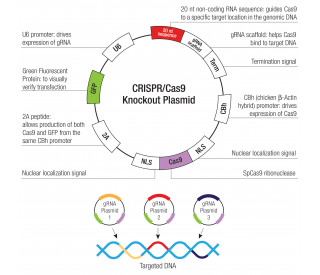



 粤公网安备44196802000105号
粤公网安备44196802000105号